India is at the cusp of an electric vehicle (EV) revolution. With government incentives, rising fuel prices, and growing environmental awareness, EV adoption is surging. However, one major roadblock stands in the way—charging infrastructure.
Despite the increasing number of electric cars, two-wheelers, and commercial EVs, India’s charging network remains insufficient, inconsistent, and inaccessible in many areas. Range anxiety, slow charging speeds, and lack of public stations continue to hinder mass adoption.
So, what’s holding back India’s EV charging ecosystem? What steps are being taken to improve it? And how will this impact the future of mobility in India? Let’s dive deep into the biggest hurdle in EV adoption—charging infrastructure.
Current State of EV Charging Infrastructure in India
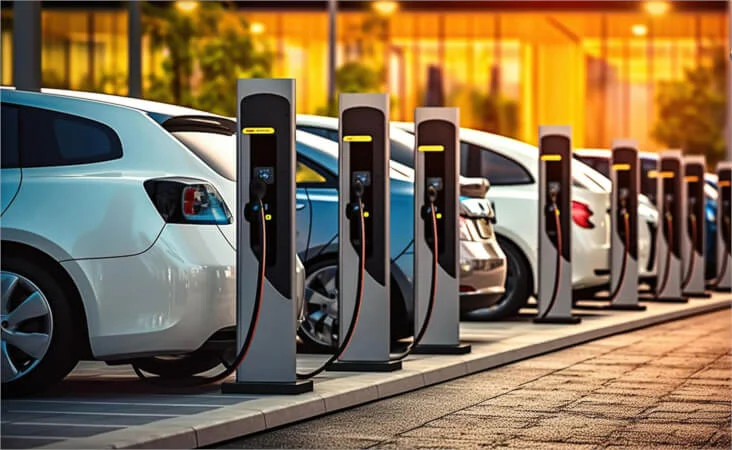
India has over 2.8 million EVs on the road, but as of 2023, the country had only 7,000+ public charging stations—far from the required number.
1. Urban vs. Rural Divide
Metro cities like Delhi, Mumbai, and Bengaluru have relatively better charging infrastructure.
Smaller cities and rural areas severely lack public EV chargers, making long-distance travel a challenge.
2. Key Players in the Market
Several companies and government bodies are investing in EV charging infrastructure:
Tata Power – 4,500+ EV chargers across India
EESL (Energy Efficiency Services Limited) – Partnering with municipalities for station installations
Ather Grid – Expanding fast-charging stations for two-wheelers
BPCL, IOCL, HPCL – Setting up chargers at petrol pumps
Despite these efforts, charging infrastructure remains underdeveloped compared to the rising demand for EVs.
Key Challenges Hindering EV Charging Infrastructure Growth
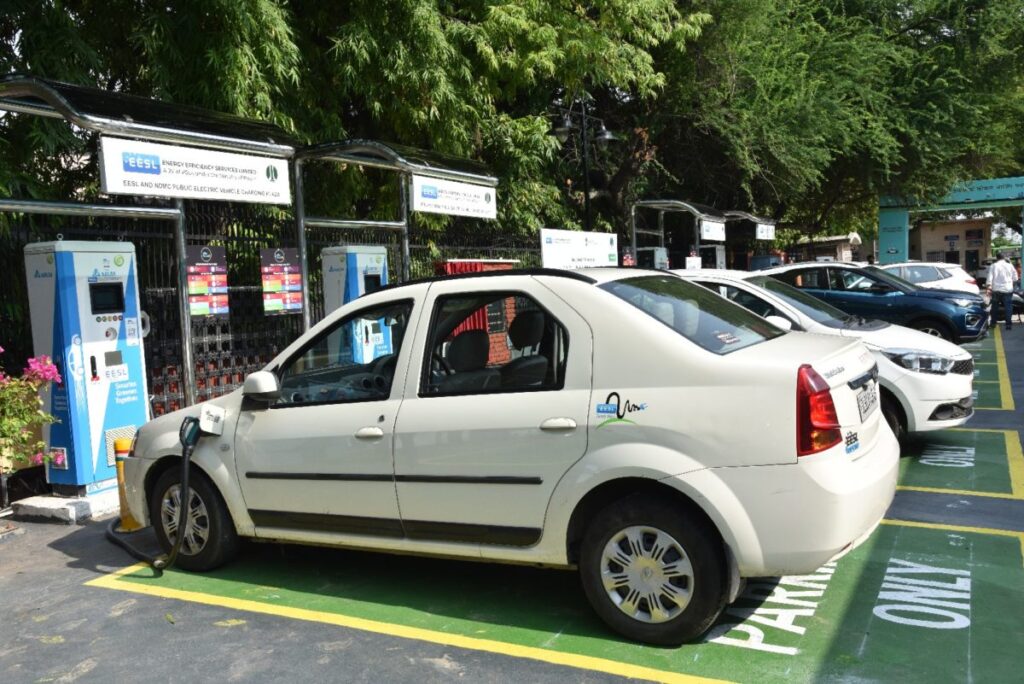
1. High Initial Investment Costs
Setting up a charging station requires:
Land acquisition (expensive in urban areas)
Electric grid upgrades to handle high power demand
Fast charger installation, which costs ₹5–10 lakh per unit
Without significant investment, expanding infrastructure is slow.
2. Lack of Standardization
Different EV manufacturers use different charging connectors and voltages.
CCS (Combined Charging System) and CHAdeMO are common globally, but India also has Bharat DC-001 standards.
This lack of uniformity creates compatibility issues for users.
3. Power Supply Challenges
Many parts of India face frequent power cuts, making EV charging unreliable.
High demand from charging stations could overload the grid without proper energy management solutions.
4. Limited Public Charging Stations
While home charging is convenient, apartment dwellers often lack dedicated parking spots with chargers.
Public charging stations are clustered in major cities, making intercity travel difficult.
5. Slow Charging Speeds
Regular chargers take 4-6 hours for a full charge.
Fast chargers (DC fast charging) can charge 80% in 30-45 minutes, but they are costly and limited in availability.
6. Range Anxiety Among Consumers
EV users fear running out of battery mid-journey due to limited charging points. Unless India builds more fast-charging stations, many people hesitate to switch to EVs.
Government Policies and Incentives for EV Charging
The Indian government has introduced several initiatives to boost EV charging infrastructure:
1. FAME II (Faster Adoption and Manufacturing of Electric Vehicles) Scheme
₹10,000 crore allocated for charging stations and EV subsidies.
Target: 2,636 public charging stations in 62 cities.
2. State-Level EV Policies
Delhi: 100+ charging stations installed; subsidies for private chargers.
Maharashtra: Up to ₹10 lakh subsidy for setting up charging stations.
Karnataka & Tamil Nadu: Plans to expand public charging networks.
3. Private Sector Participation
The government is encouraging private companies to invest in charging infrastructure, with tax benefits and land leasing options.
Role of Private Companies and Startups in EV Charging Growth
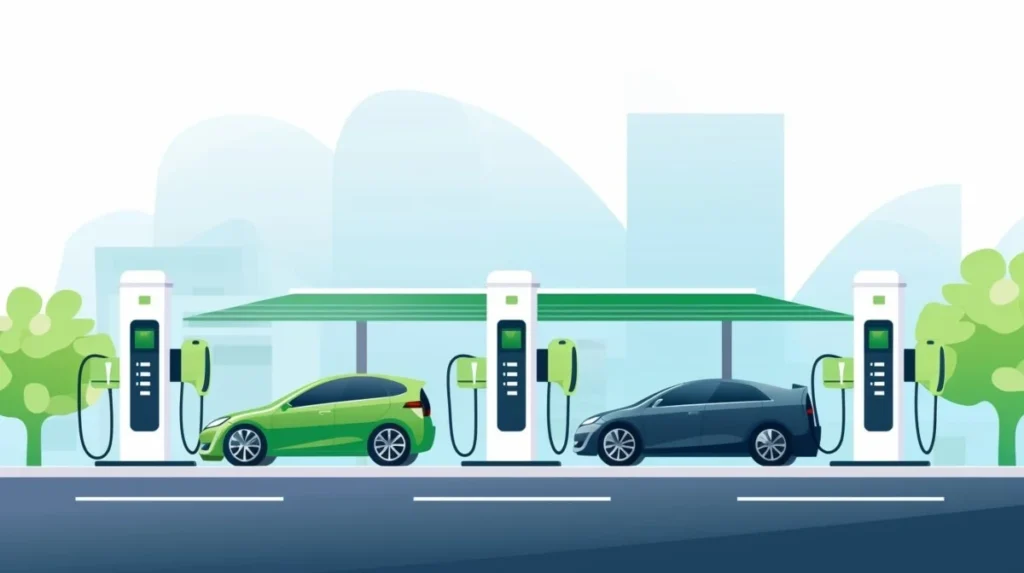
The government can’t do it alone private players are the MVPs here. Big names like Tata Power are crushing it with over 5,500 charging points across 550+ cities. They’ve teamed up with Indian Oil to plop 500+ chargers at petrol pumps. Then you’ve got start-ups like Bolt.Earth and Ather Energy building slick, smart chargers that talk to your phone.
1. Oil Companies Enter the EV Space
Indian Oil (IOCL), BPCL, and HPCL are installing EV chargers at petrol stations.
Target: 22,000+ fuel stations to have EV chargers by 2025.
2. EV Startups and Innovators
Static, Ather Grid, Charge Zone, and Ion Energy are setting up fast-charging networks.
Many are focusing on solar-powered and AI-driven smart charging stations.
3. Battery Swapping: A Game-Changer?
Some startups are investing in battery swapping stations, where users replace depleted batteries with fully charged ones in minutes.
- Pros: Faster than traditional charging.
- Cons: Requires standardization across EV manufacturers.
Finally, awareness is low many folks don’t even know where the nearest charger is. Fortunately, tools like the EV Locator can help EV owners find public charging stations across India, making it easier to plan trips and avoid getting stranded.
Technological Advancements in EV Charging
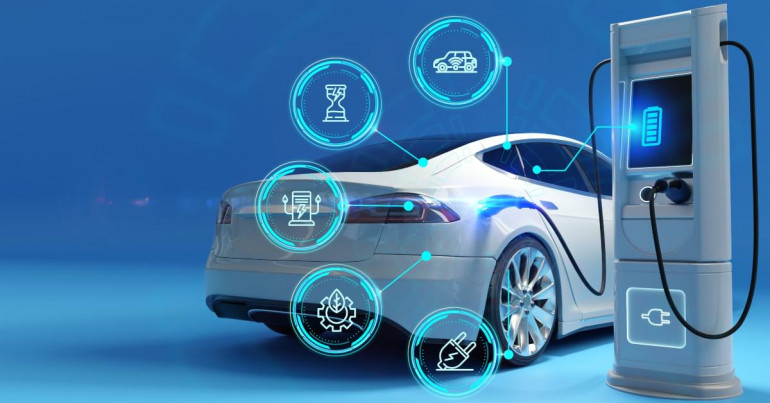
The future of EV charging is smart, fast, and wireless.
1. Ultra-Fast Charging Technology
350 kW chargers can power an EV in under 10 minutes.
Companies like Tesla and ABB are working on ultra-fast charging solutions.
2. Wireless Charging for EVs
Future EVs may charge without cables, using induction pads built into roads and parking spaces.
3. Solar-Powered Charging Stations
Integrating solar panels can make EV charging cheaper and sustainable.
Rural areas with limited electricity access can benefit from off-grid solar chargers.
4. V2G (Vehicle-to-Grid) Technology
EVs could store excess electricity and send it back to the grid during peak demand.
This could help stabilize India’s power supply in the future.
Future Roadmap for EV Charging in India
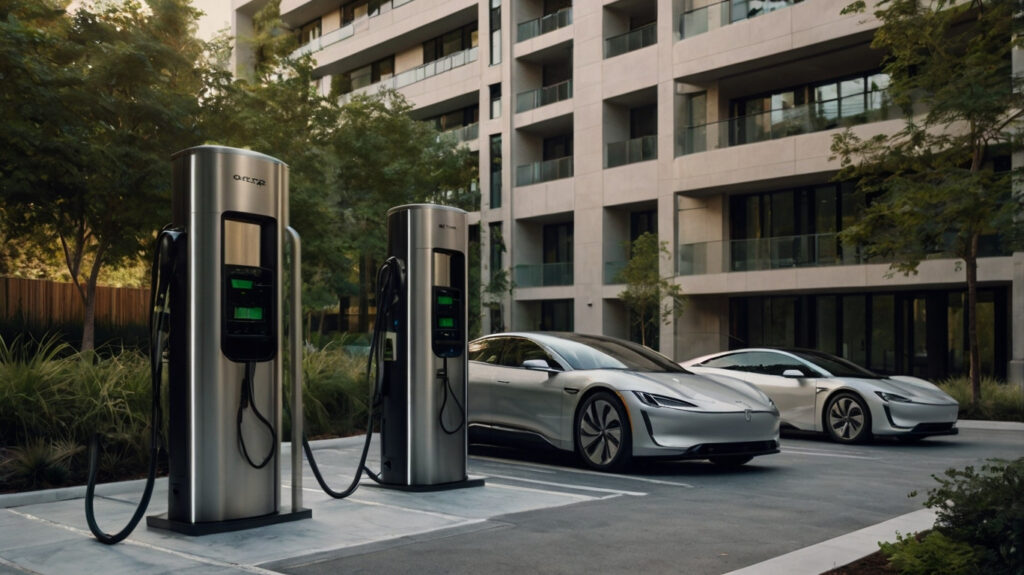
1. The 2030 Target
India aims to install more than 1 million public chargers by 2030.
EVs are expected to make up 30% of total vehicles by then.
2. Emerging Business Models
Pay-per-use charging vs. subscription-based charging networks.
Public-private partnerships (PPP) to speed up infrastructure growth.
3. Policy Shifts Needed
Simplifying land allocation for charging stations.
Creating a single EV charging standard to avoid compatibility issues.
More subsidies and incentives for businesses investing in charging networks.
Conclusion
EV adoption in India is growing, but charging infrastructure remains the biggest challenge.
More investment, standardization, and innovation are needed to scale up charging networks.
The government, private sector, and startups must work together to create a robust EV charging ecosystem.
With the right policies and infrastructure, India can become a global leader in EV adoption by 2030.
Frequently Asked Questions (FAQs)
Q1. How many EV charging stations are there in India right now?
As of December 2024, India has 25,202 public charging stations, with Karnataka, Maharashtra, and Uttar Pradesh leading the pack.
Q2. What’s the government doing to boost EV charging?
They’re rolling out schemes like PM E-DRIVE (₹10,900 crore) and FAME II, mandating chargers every 25 km on highways, and offering subsidies to set up stations.
Q3. How long does it take to charge an EV in India?
Right now, slow chargers take 2-3 hours, but fast chargers can do it in 30-60 minutes. Super-fast chargers aiming for 5 minutes are in the works.
Q4. What’s battery swapping, and is it big in India?
It’s when you exchange a dead battery for a charged one – super quick. It’s catching on for two- and three-wheelers, especially in cities.
Q5. Will rural areas get EV chargers too?
Yes, but it’s slow going. The focus is on cities and highways first, with plans to expand rurally as adoption grows.
Q6. How will EVs affect India’s power grid?
It’s a challenge – more EVs mean more demand. Smart charging and V2G tech will help balance it, but the grid needs upgrades.



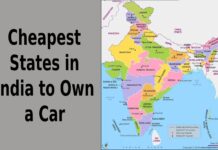





Insightful read! India’s EV transition is exciting but definitely faces hurdles—especially in charging infrastructure.